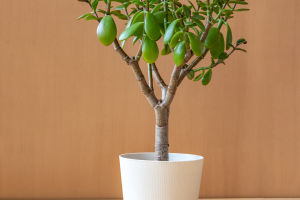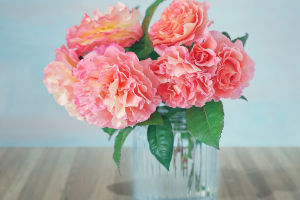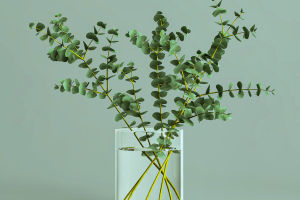A bonsai is a plant that is cultivated and grown in a small container. They are typically kept as houseplants, but can also be placed outdoors, especially during the warmer months.
There is a wide variety of plants that can be used for bonsai, including different types of trees, shrubs, herbs, succulents, and more.
Cultivating and caring for bonsai plants requires specific skills and knowledge. Here are some essential tips for bonsai care:
1. Choosing the right plants: Different plants have varying requirements for their growth environment. It is important to select plants that are suitable for either indoor or outdoor conditions, taking into consideration factors such as light, temperature, and humidity.
2. Selecting the proper container: It is crucial to choose a container that is appropriate for the growth of the plant. Ensure that the container has sufficient drainage holes to prevent water from stagnating, which can lead to root rot.
3. Soil and fertilization: Use a soil mix that is specifically formulated for bonsai plants. These mixes are usually nutrient-rich and contain organic matter. Regularly fertilize the plants with the appropriate amount of fertilizer to meet their nutritional needs.
4. Watering: Maintaining the right level of soil moisture is vital for bonsai plants. Keep the soil moist but avoid overwatering.
The frequency and amount of watering depend on factors such as plant species, season, and environmental conditions. Before watering, check the moisture level of the soil surface and only water when it is dry.
5. Light requirements: Different bonsai plants have varying light requirements. Generally, most bonsai plants thrive in bright, indirect light. Place the plants near windows where they can receive ample sunlight or provide suitable artificial lighting.
6. Pruning and shaping: Regularly prune and trim the plants to promote healthy growth and maintain the desired shape and size. Removing dead, diseased, or excessive growth helps to keep the plants healthy and aesthetically pleasing.
7. Pest and disease control: Regularly inspect the plants for any signs of pests or diseases. If detected, take immediate action to prevent the problem from spreading. Use appropriate pest control methods and treatments to maintain the health of the bonsai plants.
By following these care guidelines, you can successfully cultivate and maintain the health and beauty of your bonsai plants. Remember that each plant has unique requirements, so it is important to understand and cater to the specific needs of your chosen bonsai species.
One popular example of cool-toned potted plants is the Silver Leaf Chrysanthemum (Senecio cineraria). The Silver Leaf Chrysanthemum is a perennial herbaceous plant that belongs to the Senecio genus in the Asteraceae family.
The entire plant has a silvery-white appearance, with fluffy hairs on the upper surface of the leaves. It has a branching growth habit, with clusters of thin leaves that feature intricate, snowflake-like patterns.
Due to its silver hue, the Silver Leaf Chrysanthemum is often used in various floral arrangements to create a snow-like scene.
Another cool-toned potted plant is the Pilea Glauca. It is a small succulent plant with silver-blue or light green coin-shaped leaves, giving it a cute and refreshing look.
Syngonium podophyllum 'White Butterfly' is also a cool-toned potted plant. It is an indoor vine with pale green leaves adorned with white spots and purple undersides, adding a touch of elegance to any space.
Sansevieria trifasciata is a popular houseplant with upright, sword-shaped leaves. It features dark green leaves with white or yellow markings, fitting into the cool color palette. Moreover, it is known for its air-purifying properties, making it a practical and aesthetically pleasing choice for indoor environments.
Senecio serpens is a succulent plant with long, narrow, gray-green or blue-green leaves. Its unique form and cool-toned foliage provide a calm and serene ambiance.
Lastly, Cercis Siliquastrum is a deciduous tree with heart-shaped leaves. The leaves range in color from dark green to blue-green, and in spring, the tree produces beautiful pink flowers, contributing to a refreshing cool-toned atmosphere.
These cool-toned potted plants can enhance the aesthetic appeal of interior spaces and create a serene and calming environment. Remember to consider the specific care requirements of each plant and provide appropriate maintenance to ensure their well-being.


